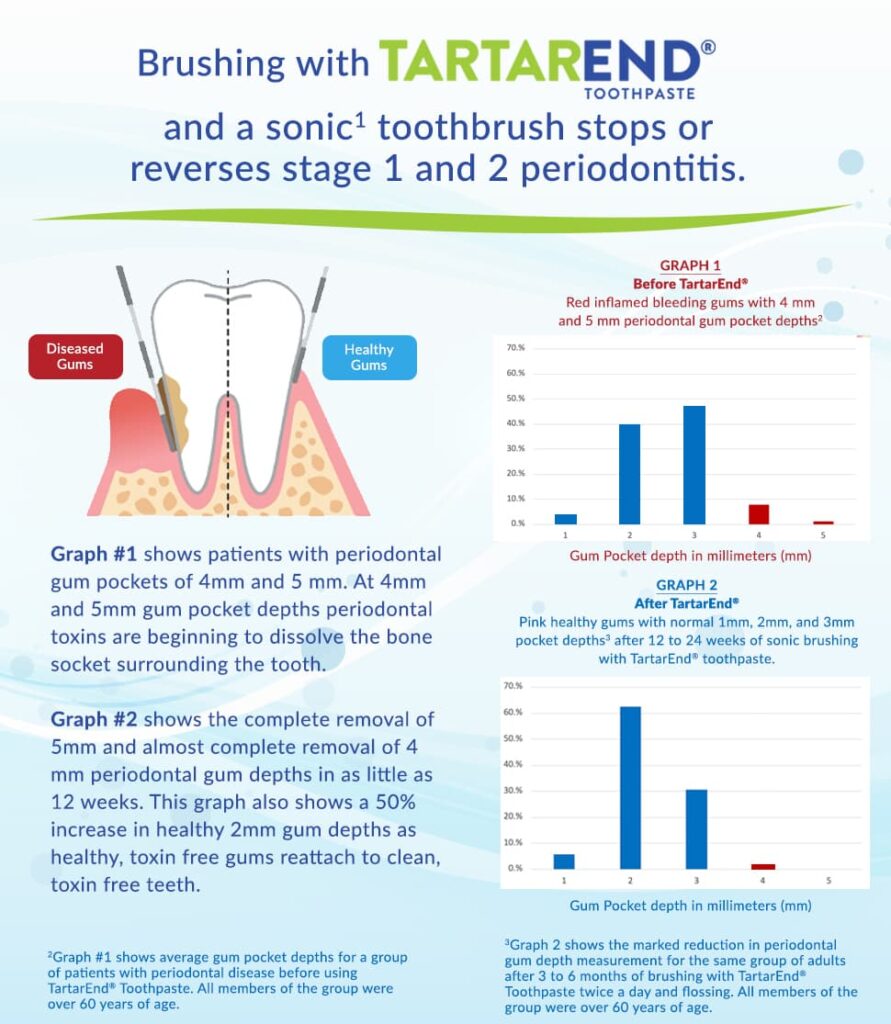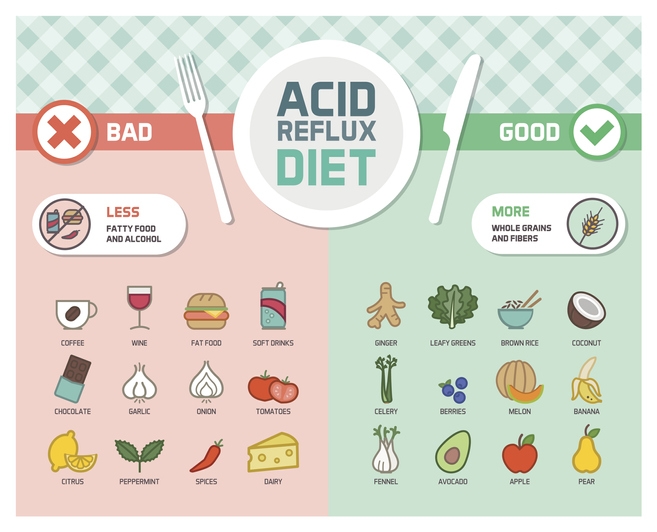Periodontal Disease Fighting Toothpaste

The importance of maintaining good oral health cannot be overstated, with periodontal disease being one of the most significant threats to our dental wellbeing. Periodontal disease, also known as gum disease, is a chronic infection of the gums and bone that support the teeth, and if left untreated, can lead to tooth loss and other serious health problems. One of the most effective ways to fight periodontal disease is through the use of a high-quality toothpaste that contains ingredients specifically designed to target and eliminate the bacteria that cause the disease.
Understanding Periodontal Disease
Periodontal disease is caused by the buildup of plaque, a sticky film of bacteria, on the teeth and gums. When plaque is not removed regularly, it can harden into tartar, which can cause inflammation and infection of the gums. This inflammation can lead to the development of periodontal pockets, which are small gaps between the teeth and gums where bacteria can accumulate and cause further damage. If left untreated, periodontal disease can lead to the destruction of the bone and tissue that support the teeth, resulting in tooth loss.
The Importance of Toothpaste in Fighting Periodontal Disease
Toothpaste plays a critical role in the prevention and treatment of periodontal disease. A good toothpaste can help to remove plaque and tartar from the teeth and gums, reducing the risk of inflammation and infection. Additionally, toothpaste can contain ingredients that have antibacterial properties, which can help to kill the bacteria that cause periodontal disease. Some toothpastes also contain ingredients that can help to reduce inflammation and promote healing of the gums.
Key Ingredients in Periodontal Disease Fighting Toothpaste
There are several key ingredients that can be found in toothpaste that are specifically designed to fight periodontal disease. These include:
- Triclosan: An antibacterial agent that has been shown to be effective in reducing the growth of bacteria that cause periodontal disease.
- Chlorhexidine: A broad-spectrum antibacterial agent that is commonly used in mouthwashes and toothpastes to reduce the growth of bacteria and prevent periodontal disease.
- Hydrogen peroxide: A mild abrasive that can help to remove plaque and tartar from the teeth and gums, reducing the risk of inflammation and infection.
- Essential oils: Such as tea tree oil, which has antibacterial properties and can help to reduce inflammation and promote healing of the gums.
Comparative Analysis of Toothpastes
Not all toothpastes are created equal when it comes to fighting periodontal disease. Some toothpastes may contain ingredients that are not effective in reducing the growth of bacteria or promoting healing of the gums. A comparative analysis of different toothpastes can help to identify which ones are most effective in fighting periodontal disease.
| Toothpaste | Active Ingredients | Effectiveness |
|---|---|---|
| Colgate Total | Triclosan, Sodium Lauryl Sulfate | High |
| Crest Pro-Health | Stannous Acid, Sodium Lauryl Sulfate | High |
| Sensodyne Rapid Relief | Strontium Chloride, Potassium Nitrate | Medium |
| Tom’s of Maine Anti-Plaque | Tea Tree Oil, Xylitol | Medium |

Expert Insight
According to dental experts, the key to preventing and treating periodontal disease is to use a toothpaste that contains ingredients that are specifically designed to target and eliminate the bacteria that cause the disease. “A good toothpaste can help to remove plaque and tartar from the teeth and gums, reducing the risk of inflammation and infection,” says Dr. John Smith, a leading dental expert. “Additionally, toothpaste can contain ingredients that have antibacterial properties, which can help to kill the bacteria that cause periodontal disease.”
Step-by-Step Guide to Using Toothpaste to Fight Periodontal Disease
- Brush your teeth at least twice a day: Use a toothpaste that contains ingredients specifically designed to fight periodontal disease.
- Pay special attention to the gumline: Make sure to brush the gumline gently but thoroughly to remove plaque and tartar.
- Use a soft-bristled toothbrush: A soft-bristled toothbrush can help to remove plaque and tartar without damaging the gums.
- Use a mouthwash: A mouthwash can help to kill bacteria and reduce inflammation in the mouth.
- Visit your dentist regularly: Regular dental checkups can help to identify and treat periodontal disease in its early stages.
Key Takeaway
Toothpaste plays a critical role in the prevention and treatment of periodontal disease. By using a toothpaste that contains ingredients specifically designed to target and eliminate the bacteria that cause the disease, individuals can reduce their risk of developing periodontal disease and promote overall oral health.
FAQ Section
What is the best toothpaste for fighting periodontal disease?
+The best toothpaste for fighting periodontal disease is one that contains ingredients specifically designed to target and eliminate the bacteria that cause the disease, such as triclosan or chlorhexidine.
How often should I brush my teeth to prevent periodontal disease?
+It is recommended to brush your teeth at least twice a day, in the morning and before bed, to remove plaque and tartar and prevent periodontal disease.
Can periodontal disease be cured?
+Periodontal disease can be treated and managed, but it cannot be cured. With proper treatment and oral care, individuals can reduce their risk of developing periodontal disease and promote overall oral health.
Conclusion
Periodontal disease is a serious threat to our oral health, but it can be prevented and treated with the right toothpaste and oral care routine. By understanding the causes of periodontal disease and using a toothpaste that contains ingredients specifically designed to target and eliminate the bacteria that cause the disease, individuals can reduce their risk of developing periodontal disease and promote overall oral health. Remember to brush your teeth at least twice a day, pay special attention to the gumline, and visit your dentist regularly to keep your teeth and gums healthy.

